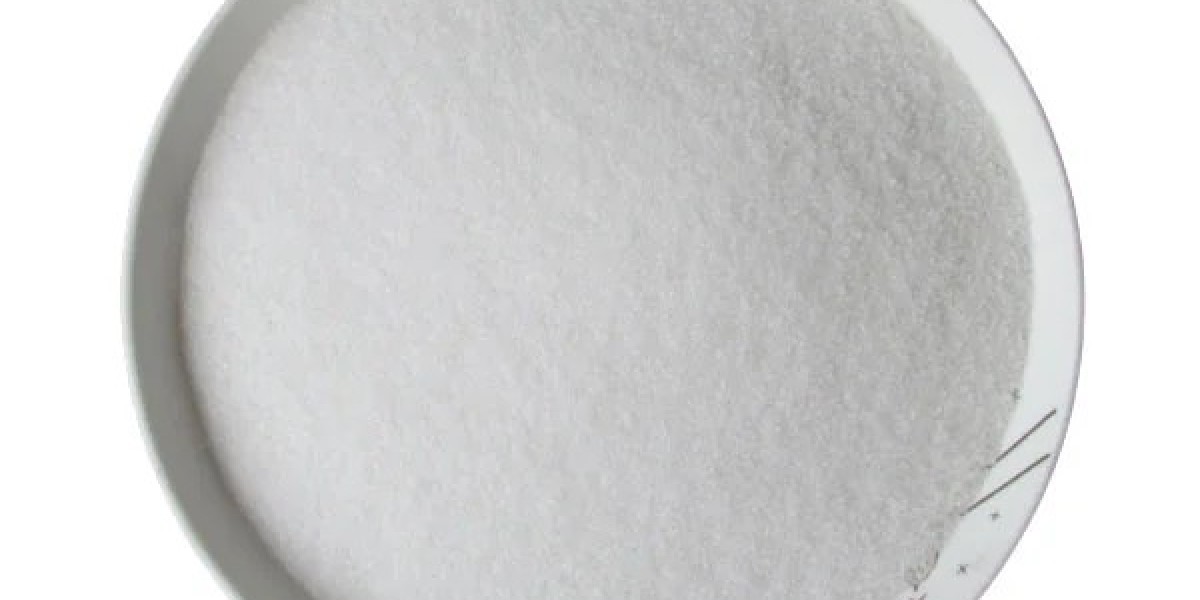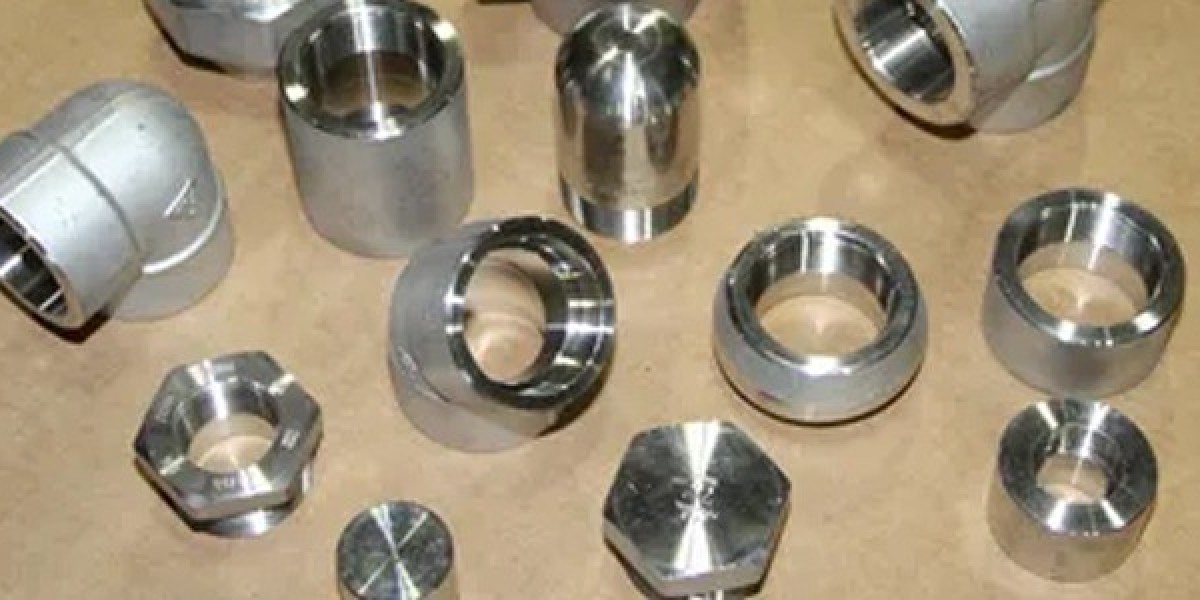Zwitterionic polymers are a class of polymers that contain both positive and negative charges within the same molecule. It is used as a viscosity reducer in drilling fluids. A certain proportion of cationic functional groups is introduced into its molecular chain. The existence of cationic groups greatly improves the ability to inhibit the dispersion and expansion of shale and can improve the inhibitory properties of the drilling fluid system. In addition, it can effectively reduce the viscosity of drilling fluid mud, reduce shear force, change the smoothness of the well wall, and increase the drilling speed. These polymers have unique properties that allow them to be used in a variety of applications, including as viscosity reducers in oil and gas production.
Viscosity is a measure of a fluid's resistance to flow. In oil and gas production, high viscosity can be a problem because it blocks the flow of oil and gas through pipelines, making it more difficult and expensive to extract and transport these resources. Viscosity reducers are chemicals added to oil and natural gas to lower their viscosity, making them easier to transport.

Advantages of zwitterionic polymer viscosity reducer:
Zwitterionic polymer viscosity reducer is a relatively new type of viscosity reducer developed in recent years. These polymers offer several advantages over traditional viscosity reducers, including the ability to reduce viscosity at lower concentrations, high stability in harsh environments, and the ability to reduce shear and extensional viscosity.
One of the main advantages of zwitterionic polymer viscosity reducers is their ability to reduce viscosity at lower concentrations. Traditional viscosity reducers typically require high concentrations to significantly reduce viscosity. However, zwitterionic polymers can significantly reduce viscosity at concentrations as low as 50 ppm (parts per million).
Another advantage of zwitterionic polymer viscosity reducers is their high stability in harsh environments. Oil and gas production environments can be harsh, including high temperatures, pressures, and exposure to corrosive chemicals. Zwitterionic polymers have proven to be highly stable in these environments, maintaining their viscosity-reducing properties even under extreme conditions.
The zwitterionic polymer viscosity reducer also has the ability to reduce shear and extensional viscosity. Shear viscosity is the resistance of a fluid to flow when subjected to shear forces, while extensional viscosity is the resistance to flow of a fluid when subjected to tensile forces. Traditional viscosity reducers typically only reduce shear viscosity, while zwitterionic polymers can reduce both shear and extensional viscosity, thereby more effectively reducing overall viscosity.
Zwitterionic polymer viscosity reducers have proven effective in a variety of oil and gas production applications, including hydraulic fracturing, drilling, and enhanced oil recovery. In hydraulic fracturing, zwitterionic polymers are used to reduce the viscosity of fracturing fluids, making it easier to inject these fluids into the formation and fracture of the rock. In drilling, zwitterionic polymers can be used to reduce the viscosity of drilling muds, allowing these fluids to circulate more easily through the wellbore. In enhanced oil recovery, zwitterionic polymers can be used to reduce the viscosity of injected fluids, making it easier to displace oil from the reservoir.
https://www.scdbwhb.com/Zwitterionic-Polymer-Viscosity-Reducer-for-Drilling-Fluids.html








